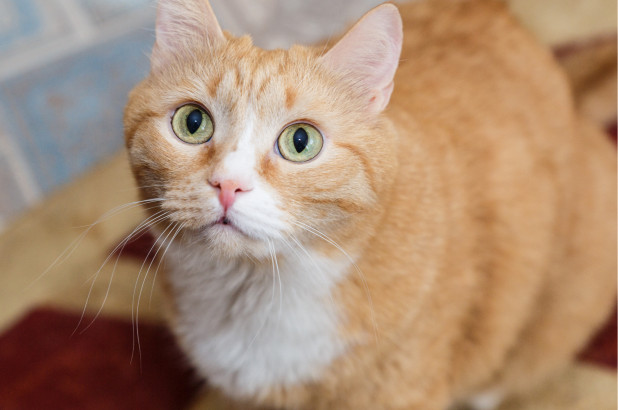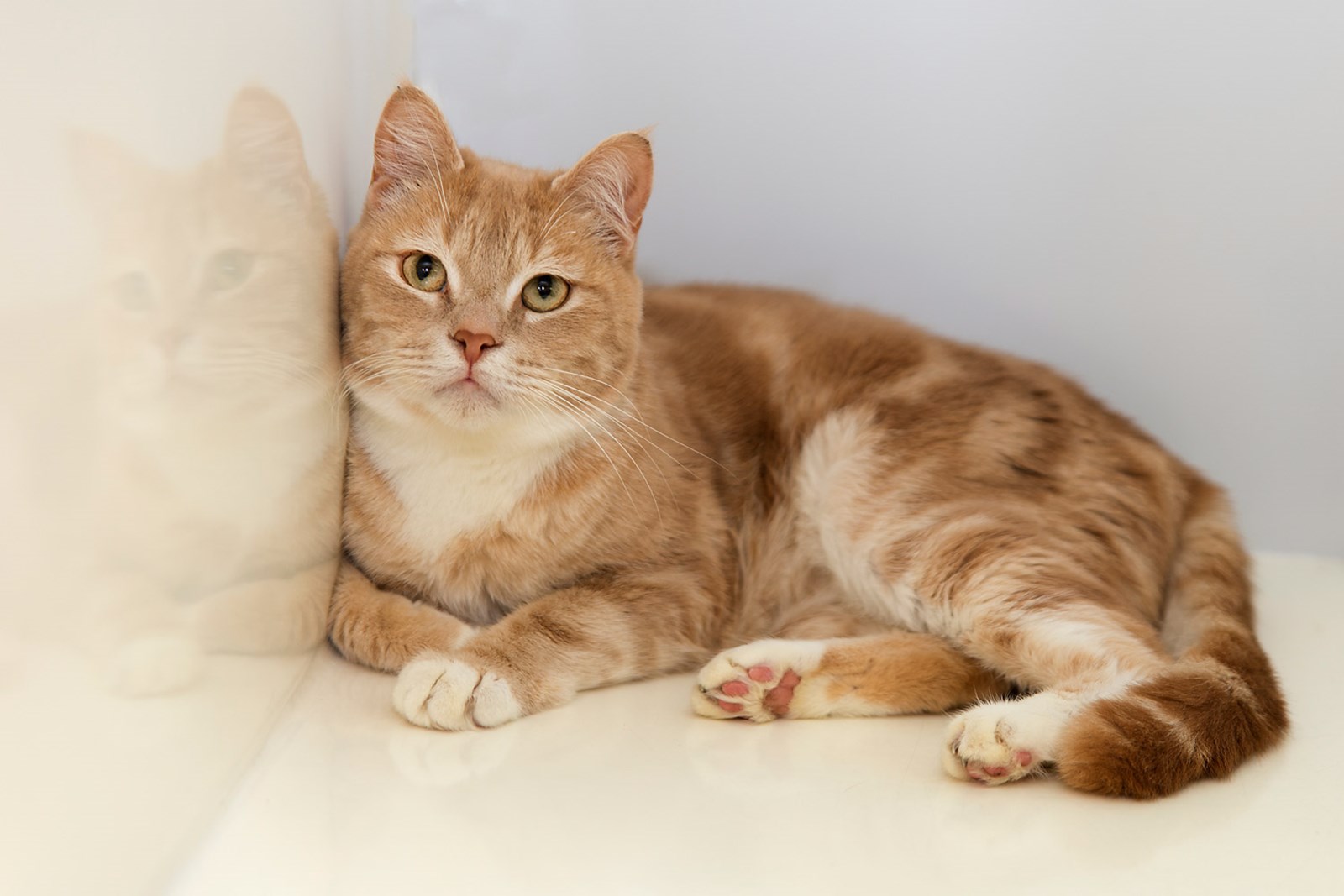Managing Pet Weight Loss
There is research that shows that 40 years ago as few as 9% of cats and 3% of dogs were overweight. Today 41% of dogs and 33% of cats are overweight or obese, which is defined as the excessive accumulation of fat in the storage areas of the body, eventually contributing to adverse effects on health, well being and mortality.
The destructive weight gain cycle in your pet starts with excess fat contributing to weight gain and additional stress on joints. This weight gain means your pet becomes less active and start to experience muscle loss which can lead to signs of joint disease. Then the cycle continues as decreased activity can increase fat storage leading to obesity which contributes to the development of further negative health conditions.
There are a number of factors that are risk factors for obesity in your pet including: access to food and diet composition, age, sex , whether your dog is desexed, and genetic makeup or breed.


Talk to your VET about your pets current weight and find out their BCS body condition score. If your pet is overweight or obese then start a Pet diet and exercise program. Remember weight loss can be achieved through: regular exercise, adjusting calorieintake and regular re-evaluation of your pet’s body condition and a regular weigh in.
Some points to assist may include accurate measurement of food intake using a cup or scales, changing to smaller meals to reduce begging, remove your pet from the table during the family meals, serve your pet a suitable low-calorie treats, increase the proportion of weight reducing wet food.
Your VET can help by recommending a weight reducing dry food that has less energy but still meets overall health needs. The pet diet foods have less fat, adequate protein, addition of extra carbohydrate the addition of fermentable fibre that help to reduce stool volume, reduce constipation and support intestinal health.
Overall the health benefits of weight loss for your pet are the same as for all of us and include reduce risk of diabetes, increased blood pressure, joint pain, arthritis and lameness, difficulty breathing, liver problems, constipation and skin problems. So, talk to your VET about a plan to increase your pets exercise if they are healthy and get them onto a weight loss food as part of their weight loss program. Ait will take time but will be worth it in the long term.
